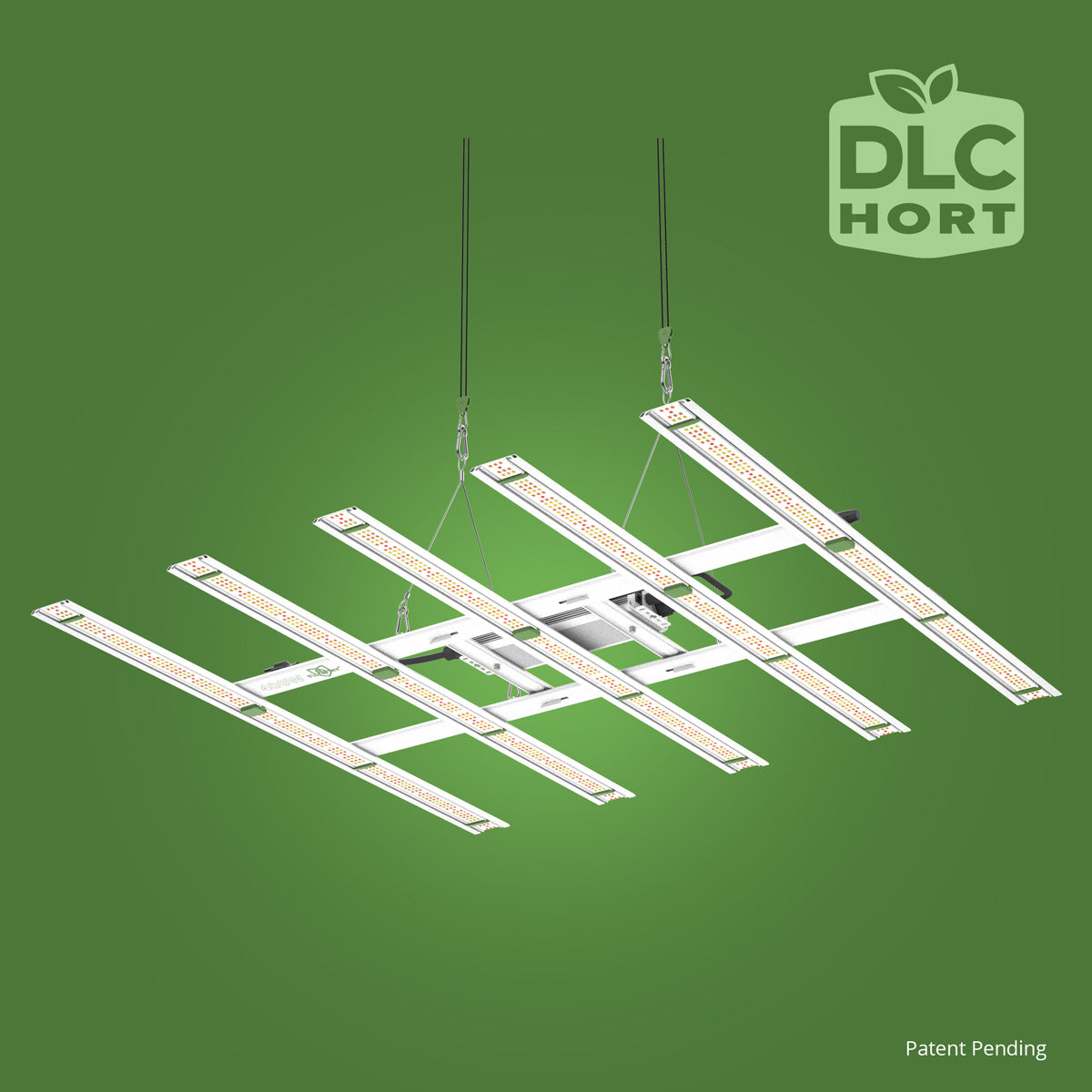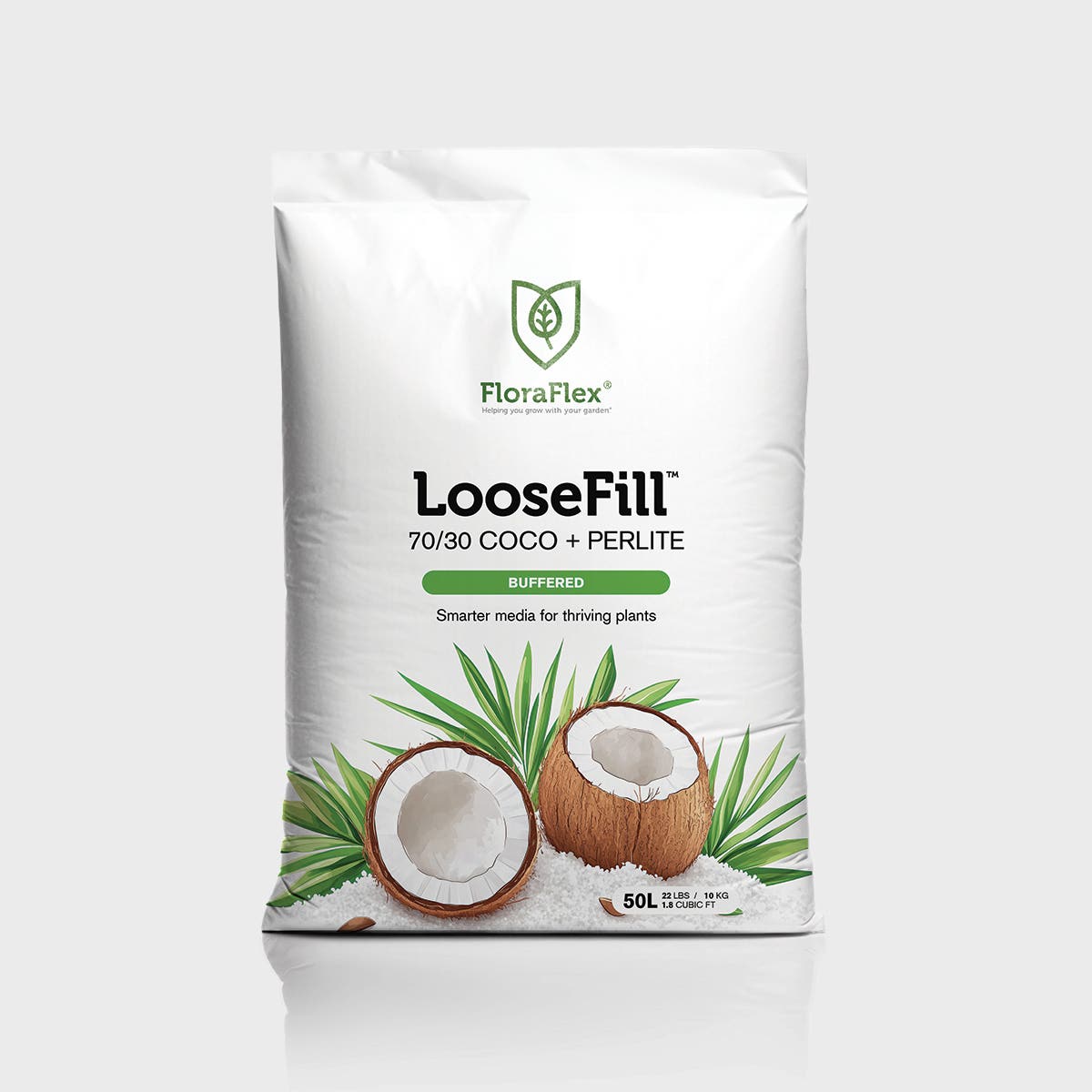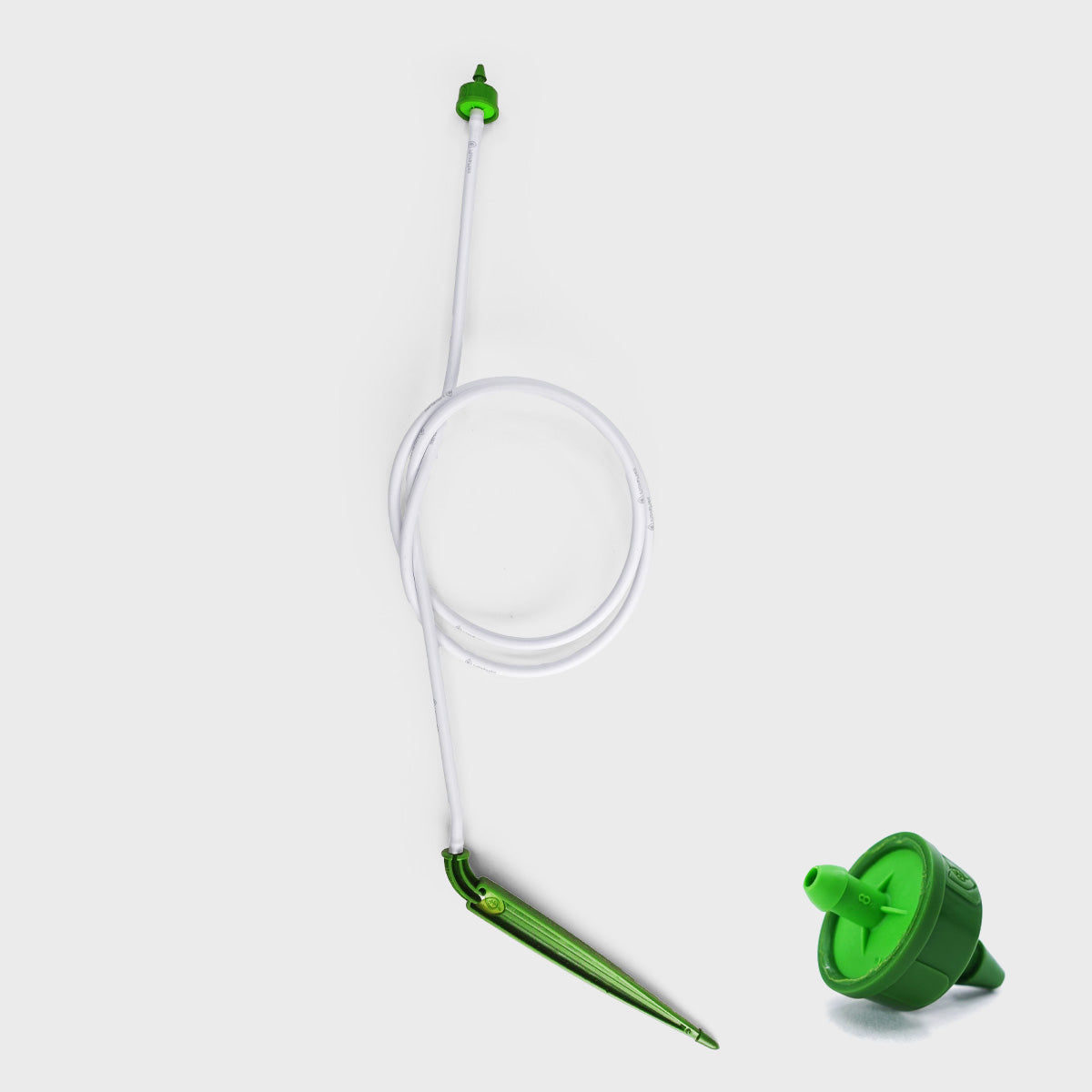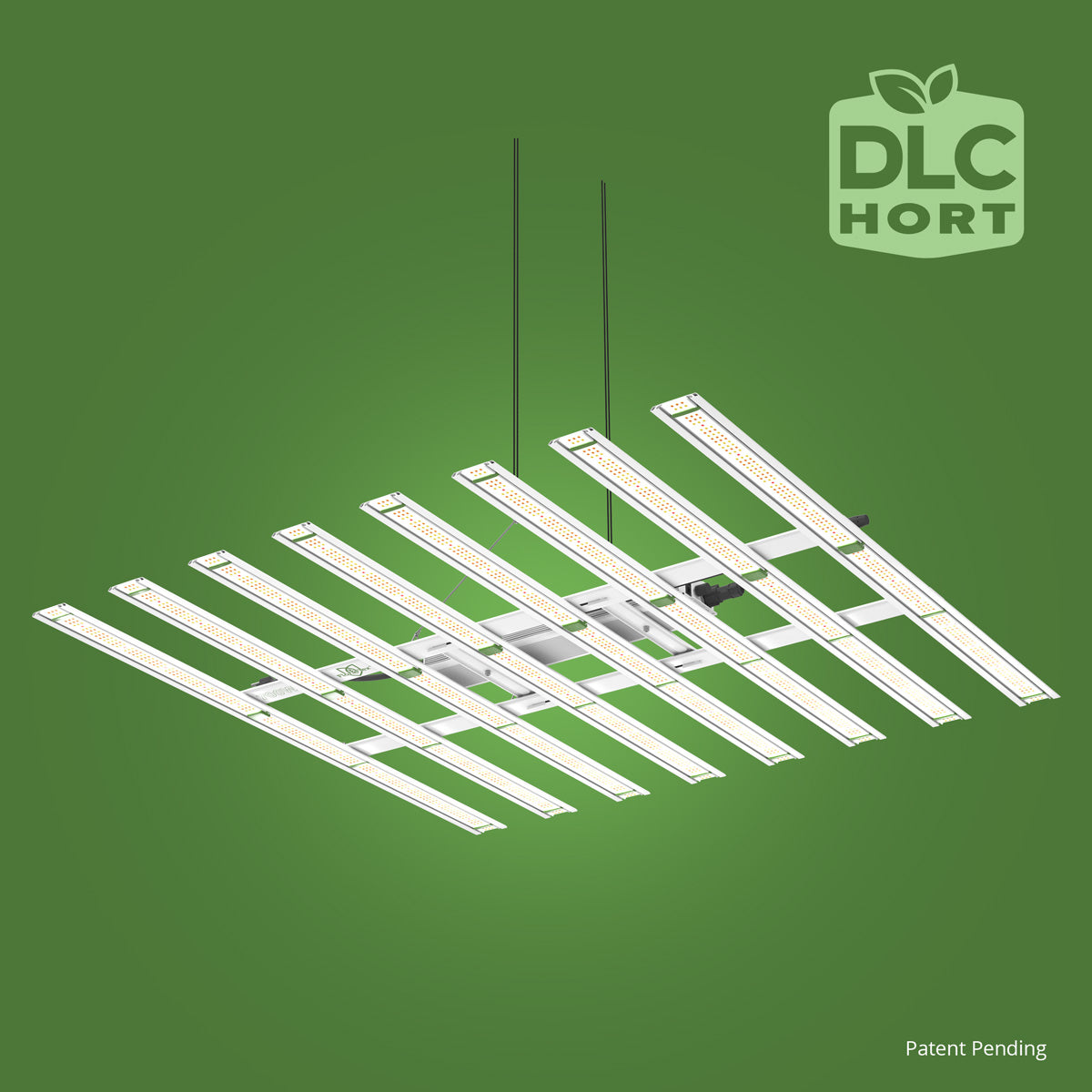Managing Wind
Wind can cause physical damage to cannabis plants, including broken branches and uprooting. It can also lead to excessive transpiration, drying out the plants and affecting their overall health. To manage wind in your cannabis garden, consider the following techniques:
-
Windbreaks: Planting windbreaks, such as shrubs, trees, or fences, can create a barrier that helps deflect and reduce the impact of strong winds on your cannabis plants.
-
Staking and Support: Provide support to your plants by staking them or using trellises. This will help them withstand strong winds and prevent them from bending or breaking.
-
Pruning: Regularly prune your cannabis plants to remove excess foliage and reduce wind resistance. This will help prevent damage and improve airflow through the plants.
Coping with Heat
High temperatures can stress cannabis plants, leading to reduced growth, wilting, and even plant death. To cope with heat in outdoor cannabis cultivation, consider implementing the following strategies:
-
Shade Cloth: Install shade cloth or use shade structures to provide partial shade and reduce the intensity of direct sunlight during the hottest parts of the day.
-
Mulching: Apply a layer of organic mulch around the base of your plants to help retain moisture, regulate soil temperature, and reduce heat stress.
-
Watering: Increase the frequency of watering during hot weather to keep the soil moist and provide relief to your cannabis plants.
-
Proper Timing: Consider planting cannabis varieties that are more tolerant of high temperatures and avoid planting during the hottest months if possible.
Managing Rain
Excessive rainfall can lead to waterlogged soil, root rot, and nutrient leaching in outdoor cannabis gardens. Proper management of rainwater is crucial to ensure the health and well-being of your plants. Here are some tips for managing rain in your cannabis garden:
-
Well-Draining Soil: Prepare your soil with amendments that improve drainage, such as perlite or compost. This will help prevent waterlogged conditions and promote healthy root development.
-
Raised Beds or Mounds: Planting cannabis in raised beds or mounds can help improve drainage and prevent water accumulation around the roots.
-
Covering and Sheltering: Use tarps, canopies, or greenhouses to provide temporary protection during heavy rain events. This will prevent excess water from saturating the soil and damaging the plants.
-
Proper Watering Schedule: Adjust your watering schedule based on rainfall patterns. Reduce watering frequency during periods of consistent rain to avoid overwatering.
Dealing with environmental factors such as wind, heat, and rain is essential for successful outdoor cannabis cultivation. By implementing strategies to manage wind, cope with heat, and effectively manage rainwater, you can create optimal growing conditions for your cannabis plants and maximize your harvest. Remember to monitor weather conditions, adapt your practices accordingly, and always prioritize the health and well-being of your plants.








